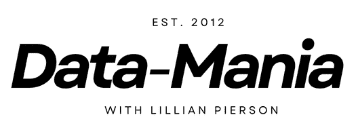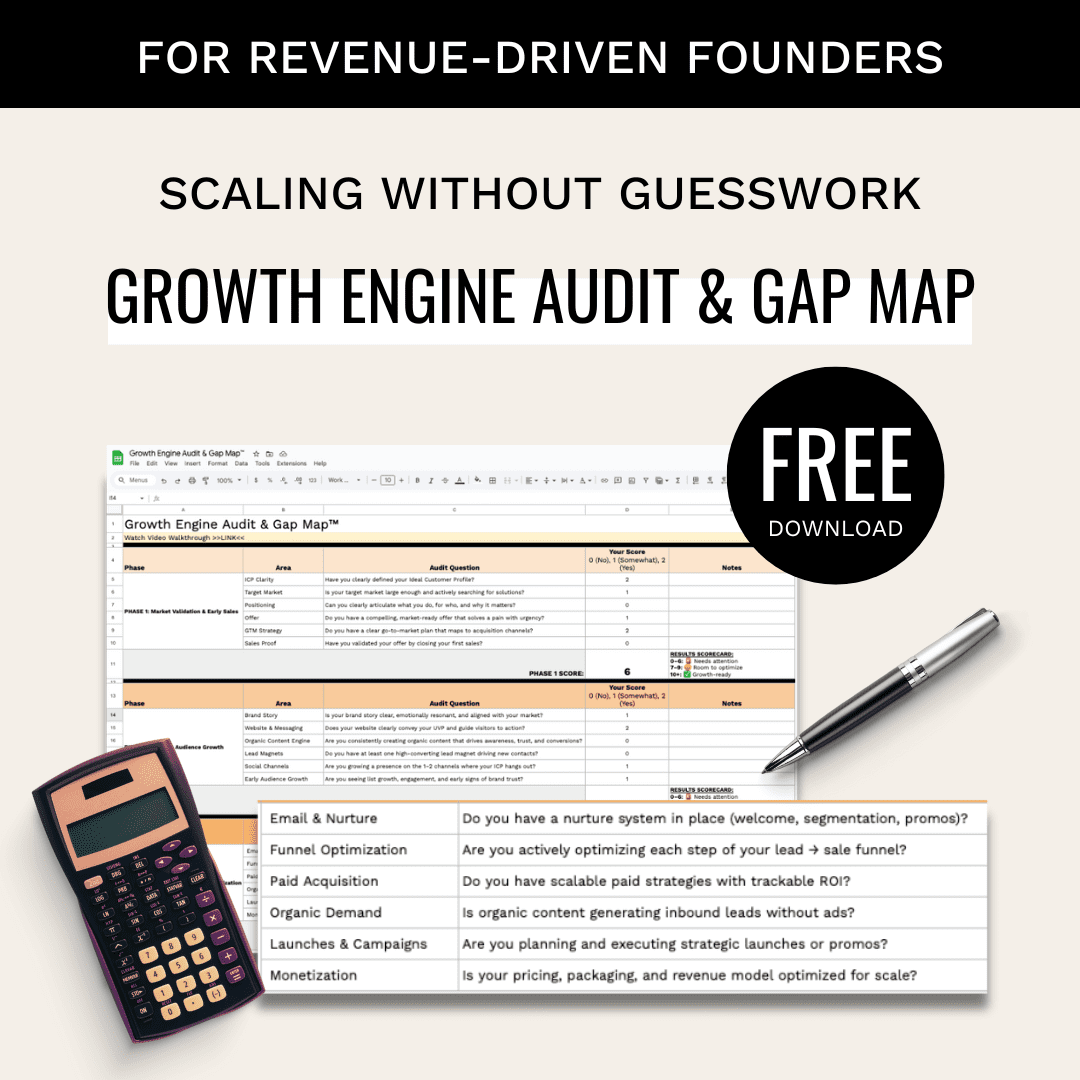Using data effectively in Account-Based Marketing (ABM) can lead to massive ROI gains. Companies using data-driven ABM methods report up to 81% higher returns compared to traditional approaches. Here’s how data transforms ABM segmentation:
- First-Party Data: CRM systems provide insights like customer interactions and purchase history for precise targeting.
- Third-Party Data: Adds firmographic and technographic details for broader account understanding.
- Behavioral & Intent Data: Tracks real-time signals like website visits and purchase intent to identify high-potential accounts.
- AI & Machine Learning: Predictive tools refine segmentation by analyzing patterns and scoring accounts.
Key Stats:
- PayScale achieved a 500% increase in target account traffic using data-driven ABM.
- Baker Hughes saw a 1,300% ROI boost by shifting to audience-specific campaigns.
- 76% of marketers measuring ROI report their best returns from ABM.
Data Sources for ABM Segmentation
First-Party Data for Targeting
Your CRM system is a goldmine for ABM segmentation. It captures customer interactions, purchase histories, and engagement patterns, providing a strong starting point for identifying target accounts. By using data enrichment tools, you can add extra layers of detail like technology stacks, key decision-makers, and organizational updates. These additions make account profiles more detailed and improve your targeting accuracy.
Third-Party Data for Account Insights
Third-party data expands your view by offering market context and competitive intelligence. It provides firmographic and technographic details to help you better understand your target accounts.
| Data Source Type | Primary Benefits |
|---|---|
| Market Research Tools | Insights into industry trends and market size |
| Technology Intelligence | Information on tech stacks and adoption patterns |
| Financial Databases | Company performance and financial metrics |
While third-party data gives you a broader perspective, combining it with behavioral and intent data allows for more dynamic and precise segmentation.
Behavioral and Intent Data for Real-Time Opportunities
Behavioral and intent data bring a real-time element to ABM segmentation. These insights help you spot opportunities as they happen.
"76% of respondents who measure ROI found they get the highest return on investment from ABM." – ITSMA’s latest benchmarking survey with the ABM Leadership Alliance
Predictive analytics tools analyze behaviors like website visits, content engagement, and purchase intent to identify accounts with the highest potential. Lead scoring tools then rank these accounts based on their fit, intent, and engagement levels, ensuring your marketing efforts are focused on the right opportunities.
This data-driven approach pays off. For example, one-third of marketers report that their average ABM contract values exceed $100,000. Using these insights effectively can make your segmentation strategies sharper and more results-driven.
Techniques for Data-Driven ABM Segmentation
AI and Machine Learning in Segmentation
AI and machine learning are reshaping ABM segmentation by processing large datasets to uncover patterns and predict customer behavior. With predictive lead scoring, AI-driven algorithms analyze factors like firmographics, engagement history, and buying signals to deliver precise account scores. These platforms continuously refine their scoring models as new data rolls in, keeping segmentation sharp even as market conditions shift.
While AI boosts predictive precision, incorporating real-time data ensures segmentation stays aligned with immediate changes in account behavior.
Real-Time Data for Dynamic Segmentation
Real-time data allows businesses to adjust their targeting strategies based on current behavioral signals and shifting market conditions.
| Data Signal Type | Segmentation Impact |
|---|---|
| Website Activity | Signals research interest |
| Content Engagement | Reveals specific challenges |
| Purchase Intent | Demonstrates buying interest |
| Competitive Research | Highlights competitor focus |
This dynamic approach ensures campaigns stay relevant by responding to real-time insights, helping marketers fine-tune their efforts to match evolving customer needs.
"Quantitative research provides the numbers and statistics that underpin your ABM decisions. This means you don’t have to fly blind anymore. You’ll have solid evidence to support which accounts to target and why." – ViB Tech
Case Studies of Data-Driven ABM Campaigns
AI, predictive analytics, and real-time data have been game-changers for ABM campaigns. An ITSMA benchmarking survey revealed that 76% of companies tracking ROI saw their best returns from ABM initiatives. Predictive analytics tools help businesses prioritize high-value accounts more effectively. By blending AI insights with intent data, organizations can build laser-focused segments that deliver better results for their marketing efforts.
How To Segment Target Accounts for Maximum ROI
sbb-itb-e8c8399
Measuring and Improving ABM Segmentation ROI
Once segmentation techniques are in place, it’s essential to measure their impact to ensure you’re getting the most out of your efforts.
Key Metrics for ABM Segmentation
Metrics like Customer Lifetime Value (CLV) are crucial for identifying high-value accounts. According to Foundry‘s 2023 ABM Benchmark Study, average contract values for these accounts often exceed $100,000.
| Metric Category | Key Performance Indicators |
|---|---|
| Financial Impact | CLV, Acquisition Cost, Revenue Growth |
| Engagement | Content Interaction Rate, Website Visit Duration, Event Participation |
| Conversion | Account Progression Rate, Deal Size, Sales Cycle Length |
| Account Quality | Lead Score Accuracy, Account Fit Score, Intent Signal Strength |
To track these effectively, advanced tools tailored to ABM campaigns are essential.
Tools for Tracking ABM ROI
Platforms like Salesforce, HubSpot, and Adobe Marketo Engage are equipped with CRM and analytics features to help monitor ABM ROI. Intent data platforms add another layer by tracking account-level engagement, buying signals, and competitor activity across digital channels. These tools not only measure performance but also offer insights to fine-tune segmentation strategies and boost ROI.
Strategies for Segmentation Improvement
Refining segmentation models based on performance data is key to improving targeting precision. Here are some actionable strategies:
- Regular Model Updates: Review scoring models monthly to keep up with market changes and evolving customer behaviors. Update account qualification criteria using the latest conversion data.
- Intent Signal Integration: Identify accounts with strong purchase intent by analyzing behaviors like content downloads or competitor research.
- Marketing and Sales Team Collaboration: Ensure both teams work together to define and refine lead-scoring criteria. This alignment has been critical for companies achieving measurable success with ABM.
Challenges and Practices in Data-Driven ABM
Common Errors in Data-Enhanced Segmentation
A staggering 92% of sales and marketing professionals struggle with poor data quality, which often leads to fragmented management and a tendency to rely on intuition. Despite the growing availability of data, 64% of professionals still lean on personal instincts to identify leads. Unsurprisingly, 84% admit they’ve regretted decisions based solely on gut feelings.
| Challenge | Impact | Solution |
|---|---|---|
| Data Silos & Poor Integration | Incomplete and inconsistent targeting | Use integrated data management systems and blend first- and third-party data sources |
| Over-reliance on Single Data Type | Limited insight scope | Leverage multiple data sources for a broader perspective |
| Outdated Information | Inaccurate targeting | Regularly validate and update data |
Taking a structured approach to integrating data and refining segmentation can help resolve these common pitfalls.
Best Practices for ROI Maximization
Top organizations like Adobe excel in ABM by analyzing intent data to understand customer needs and craft targeted campaigns. To boost ROI, companies should:
- Combine CRM data with market research for richer insights.
- Use real-time updates to keep segmentation dynamic.
- Align sales and marketing teams to streamline efforts.
- Continuously refine segmentation models for better accuracy.
For businesses lacking the internal expertise to implement these strategies, fractional CMOs can be a game-changing resource.
Fractional CMOs and ABM Success
Fractional CMOs bring the specialized skills needed to break down data silos, fine-tune segmentation, and align teams for better results. They focus on data integration, strategic planning, and ROI improvement, allowing companies to implement effective ABM strategies without the need for a full-time executive.
Take LeadCrunch, for instance. With fractional CMO leadership, they achieved impressive revenue growth and expanded their enterprise client base. For tech companies aiming to sharpen their ABM efforts, fractional CMOs offer the expertise to navigate complex challenges while staying laser-focused on measurable outcomes.
Conclusion: Data-Driven ABM and ROI
Key Insights on Data-Driven ABM
Using data effectively has reshaped how Account-Based Marketing (ABM) generates returns. By tapping into multiple data sources and leveraging advanced analytics, businesses can identify and engage accounts more effectively. AI and machine learning play a major role here, especially with tools like predictive lead scoring, which help allocate resources wisely and act on opportunities as they arise.
| Data Source | Impact on Strategy |
|---|---|
| First-Party Data | Improves targeting precision and deepens account insights |
| Intent Data | Helps spot opportunities quickly and respond effectively |
| Behavioral Analytics | Assists in predicting outcomes and guiding engagement efforts |
By adopting a clear, tiered strategy, businesses can further improve ABM returns.
Steps for Implementing Data-Driven ABM
Getting the most out of ABM segmentation requires a clear plan for integrating and analyzing data. According to ITSMA’s benchmarking survey, categorizing accounts into tier 1, tier 2, and tier 3 based on intent data and other sources is crucial. This method ensures resources are distributed where they’ll have the greatest impact.
The key to success lies in maintaining high-quality data, frequently refreshing segmentation models, and fostering strong collaboration between marketing and sales teams. When combined with advanced analytics, these steps enable more focused and impactful campaigns that deliver clear, measurable results.
Related Blog Posts
- When Should Startups Hire a Fractional CMO?
- AI Agents in Marketing: The Secret to Driving 10x Engagement & Conversions
- 5 Ways AI Can Optimize Marketing ROI for your Tech Startup
- 10 Best Marketing Tools for Startups in 2025




